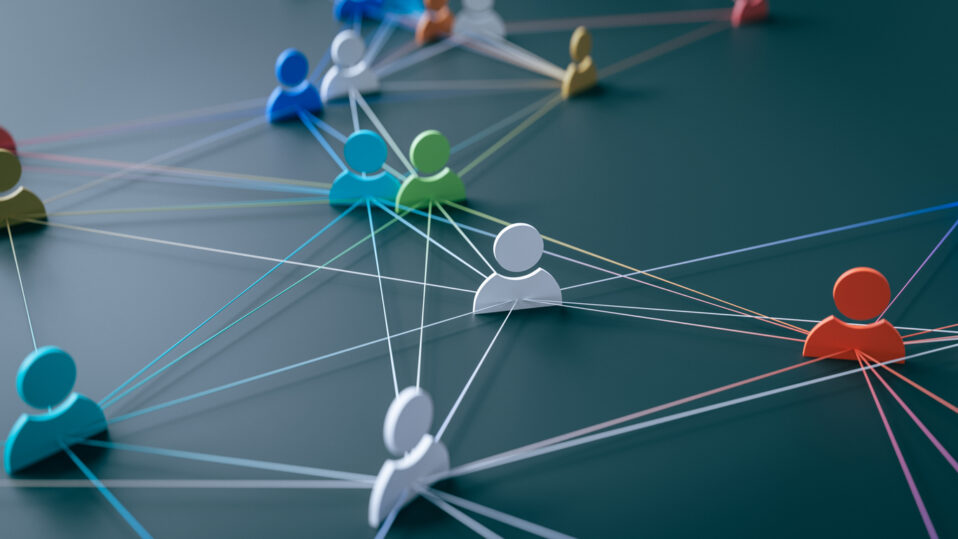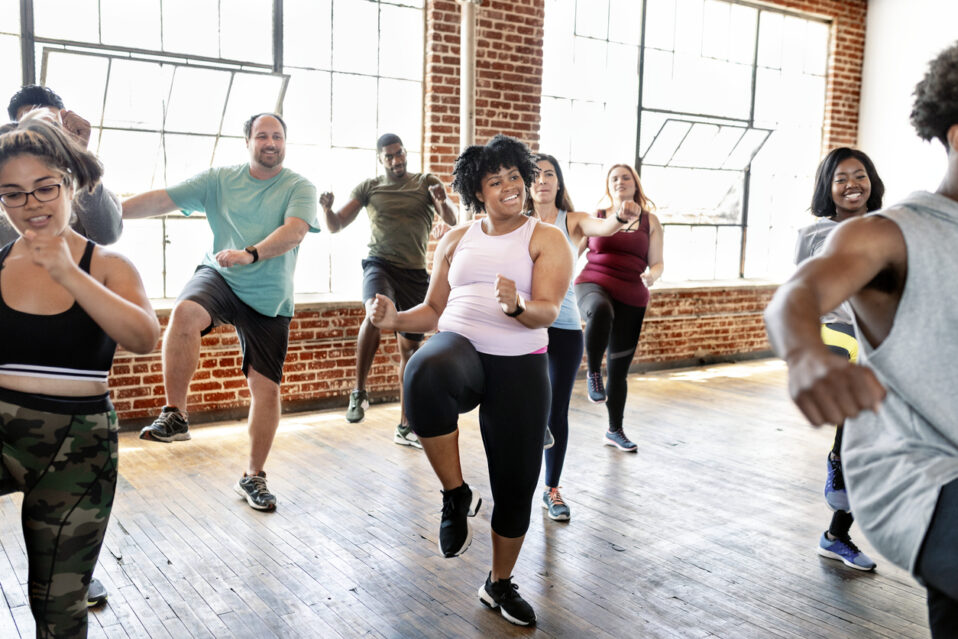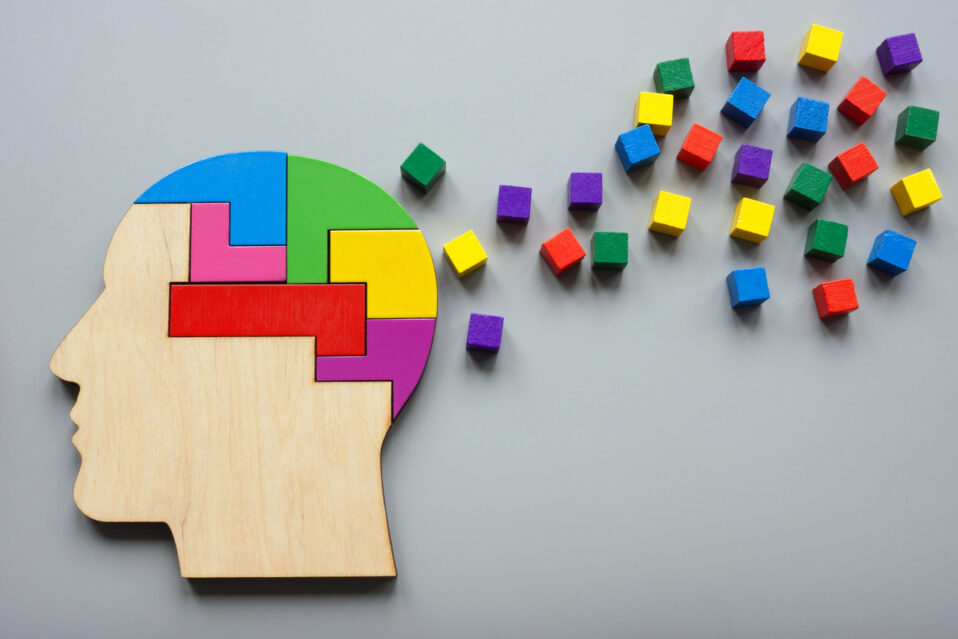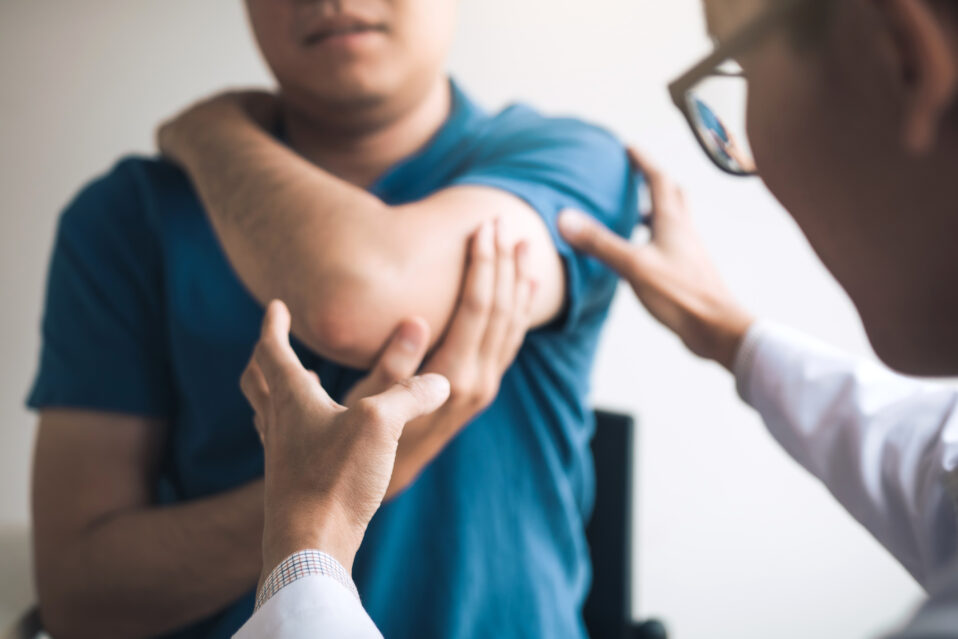Summarized by Kali M. Haney BS
March 2025
A recent article titled, “Systematic Review of Discourse and Social Communication Interventions in Traumatic Brain Injury” was published in the American Journal of Speech-Language Pathology. The article discusses how a Traumatic Brain Injury (TBI) can greatly affect a person’s speech and language, and can present a person with cognitive-communication disorders (CCDs). Common characteristics of CCD’s are explained in the article such as inaccurate content, unorganized ideas, impaired turn-taking, and topic maintenance.
A person with a TBI can meet with a Speech Language Pathologist to get an individualized treatment plan to work on strategies to assist with these difficulties. A CCD impacts a person with TBI’s activities of daily living such as speaking with loved ones, completing work/educational responsibilities, and composing messages or emails.
The article discusses research conducted about different treatment methods for TBI, combining many previous studies about specific treatments into one cohesive article demonstrating effectiveness of each treatment technique. Different severities of injury are explored, and the results all demonstrated improvement after treatment, though durability and strength of evidence for each treatment varied.
In conclusion, after the article explained the results of all 21 studies which discussed 13 different treatment approaches, the article showed which treatments benefit specific severity levels of TBI, and summarized that there are specific “building blocks” that make a treatment approach effective for use with someone with a CCD. A treatment approach should be carefully selected based on each individual with a TBI to best fit their needs, and this article provides readers a cohesive chart that is organized to assist a professional in selecting one to utilize in speech therapy.
For more information, view the article: https://doi.org/10.1044/2021_AJSLP-21-00088








